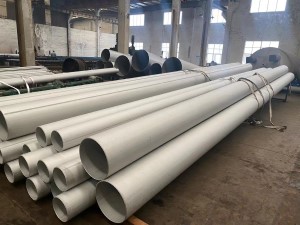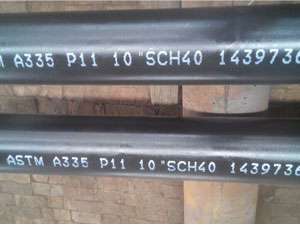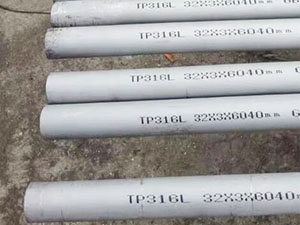WHAT IS SHOT BLASTING?
Dirty, oxidized or otherwise unfinished material is undesirable for many reasons. Material that is covered in mill scale, dirt, and other debris is generally aesthetically displeasing. Oxidized material may present problems with fabrication processes such as welding or machining. Applying a coating to unclean materials can cause a lack of adhesion. Sharp burrs and edges can cause lacerations. For these reasons and many more, materials often need to be cleaned prior to many different types of manufacturing processes. While methods range from simply wiping a metal down with a rag to immersing materials in a bath of complex chemical combinations, one of the most effective and popular ways to clean dirty or oxidized material is by shot blasting it.
What is Shot Blasting?
Shot blasting is a mechanical cleaning process that uses spheres of material to remove oxides and other debris from the surface of another material. Although less commonly mentioned than sandblasting, shot blasting belongs in the same family of abrasive blasting processes in which sandblasting is categorized. The main difference between shot blasting and sandblasting is that shot blasting uses spherical shot as an abrasive media and a centrifugal wheel for propulsion, while sandblasting uses grains of sand and almost exclusively uses compressed air for propulsion.
How Does Shot Blasting Work?
Shot blasting works by propelling round materials known as shot media against a surface which in turn removes the contaminants of the surface and also can improve its finish. What type of shot media is used is a very important decision for the shot blasting process. The size and hardness of the shot material will dictate how much surface removal of the material being cleaned will occur. The type of material being cleaned will also play a role in the effectiveness of the shot blasting process. Typically, the shot material and size will be selected depending on the composition of the material whose surface is being shot blasted.
Another important part of the shot blasting process is the propulsion method and the resulting velocity of the shot material. The most common way to propel the shot blasting media is through the use of a centrifugal wheel. To propel the shot blasting media, it is unloaded into a centrifugal wheel. Once the shot blast material has been accelerated by the wheel to the desired velocity, it is expelled from the wheel and into the shot blasting gun. Then the operator or machine holding the shot blasting gun directs the flow of the shot media to clean the material surface.
Many shot blasting equipment cells also include a recovery system. The shot blast recovery system will collect the material shot that has already been propelled and impacted against the material being cleaned and return it to the propelling device to be used again. Shot blast recovery is typically performed through the use of a vacuum.
What Materials Can Be Shot Blasted?
There are many materials that can be cleaned by shot blasting. These include, but are not limited to:
Carbon Steel
Alloy Steel
Stainless Steel
Cast Iron
Titanium
Copper
Concrete
Certain types of ceramics
There are also many types of materials that can be used as shot blast material. These include, but are not limited to:
Steel
Aluminum
Zinc
Copper
While other materials can be used for abrasive media blasting such as glass beads and nutshells, they are not considered shot and are therefore not included in the list.
Is Shot Blasting Safe?
One of the main benefits of shot blasting over some other types of abrasive blasting processes such as sandblasting is that the media itself does not form that much dust. The dust produced from sandblasting can be unintentionally inhaled if safety measures aren’t in place. With shot blasting, this risk is greatly reduced; although some dust may be produced from the material being cleaned. In addition to respiratory safety, shot blasting requires safety measures that prevent employees from being impacted by propelled or ricocheted steel shot.





